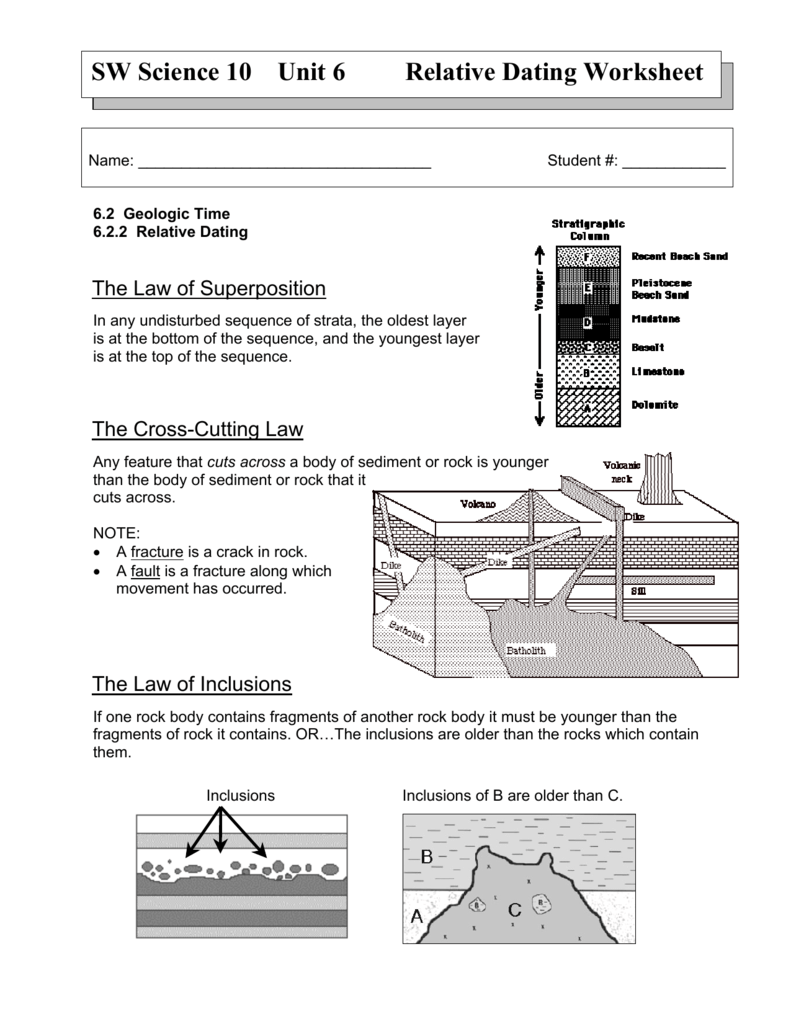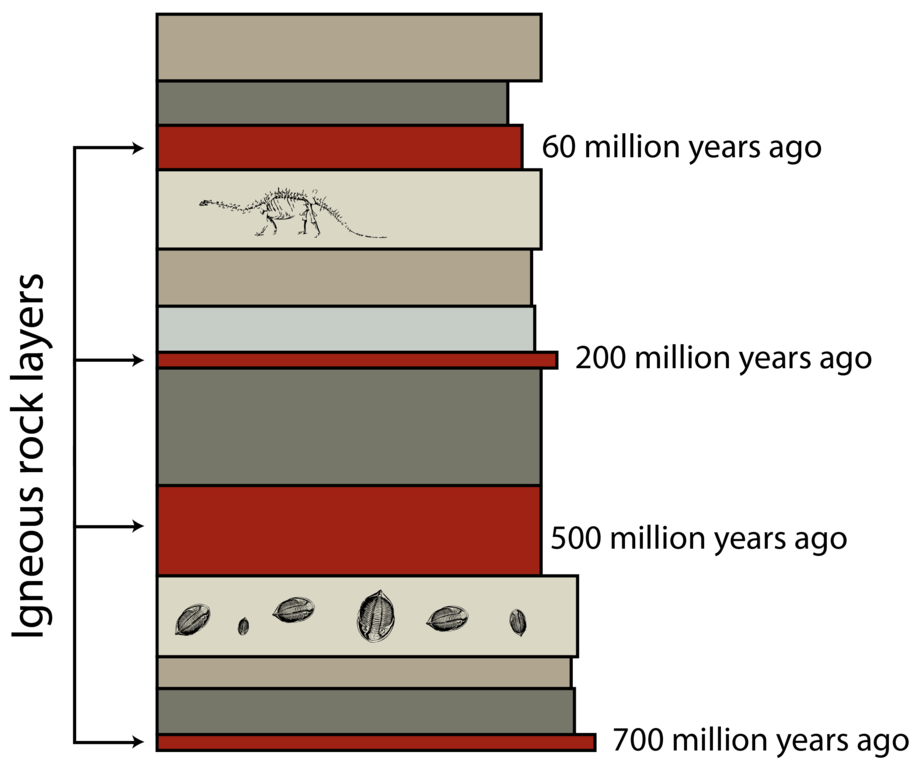Discover Geologic History with Relative Dating Techniques

Geologic history offers a fascinating glimpse into the past, revealing the age and sequence of events that have shaped our Earth. In the pursuit of understanding this history, geologists rely on a variety of techniques, with relative dating standing as one of the most fundamental methods. Unlike absolute dating, which aims to pinpoint the exact age of rocks or fossils, relative dating helps us understand the chronological order of events that transpired on Earth's surface. This article explores the methodologies and significance of relative dating, providing insights into how geologists piece together the past.
What is Relative Dating?

Relative dating, as the name suggests, involves determining the age of rocks, strata, or fossils relative to each other, rather than an absolute age. It’s akin to saying, “Event A occurred before Event B” without knowing precisely when either happened. Here’s how it works:
- Principle of Superposition: In an undisturbed sequence of sedimentary rock layers, each layer is younger than the one beneath it and older than the one above it.
- Principle of Original Horizontality: Layers of sediment are originally deposited horizontally. If they’re tilted, bent, or fractured, a later event must have disturbed them.
- Principle of Lateral Continuity: Rock layers can extend laterally for long distances, suggesting that the events that formed these layers were extensive.
- Principle of Faunal Succession: Fossils occur in rock layers in a predictable sequence; this sequence can be used to relatively date rocks by comparing their fossil content.
- Cross-Cutting Relationships: A geologic feature like a fault or an igneous intrusion is younger than the rock layer it cuts across.
Key Techniques in Relative Dating

Let’s delve into the techniques that underpin the art of relative dating:
Stratigraphy

Stratigraphy is the cornerstone of relative dating, where:
- Lithostratigraphy: Involves identifying rock layers based on their physical characteristics.
- Biostratigraphy: Focuses on fossil content to correlate strata. Index fossils are particularly useful as they are easily recognizable, widespread, and existed for a relatively short period.
Unconformities

Unconformities are significant geological features where a gap in the rock record indicates either erosion or non-deposition. They are classified as:
| Type | Description |
|---|---|
| Angular Unconformity | Layers are tilted and eroded, then later layers are deposited horizontally. |
| Disconformity | Layers of parallel strata are separated by an erosion surface. |
| Nonconformity | Sedimentary layers overlie igneous or metamorphic rocks. |

Fossil Succession

The principle of fossil succession allows geologists to:
- Identify the age of rock layers by correlating their fossil content with those from known sequences.
- Establish an evolutionary sequence from simple to complex forms of life.
Chronostratigraphy

Chronostratigraphy involves constructing a geological time scale by:
- Correlating rock layers from different parts of the world.
- Creating an international standard for geological ages based on various events, fossils, and isotopic signatures.
🌍 Note: The principles and techniques discussed here are foundational to geology but are also applied in archaeology, paleontology, and historical sciences to understand the context of discoveries.
Relative dating techniques have been pivotal in forming our understanding of Earth's geologic timeline. They allow us to appreciate the vastness of time involved in Earth's formation and evolution. Here are some key points to take away:
- Relative dating establishes the sequence of geological events without providing specific dates.
- The principles of superposition, cross-cutting relationships, and fossil succession are integral to relative dating.
- Techniques like stratigraphy and chronostratigraphy offer structured methods to construct the geologic history.
Understanding Earth's geologic history enriches our perspective on the present and future, providing clues to the natural processes that have shaped and will continue to shape our planet.
What is the difference between relative dating and absolute dating?

+
Relative dating determines the chronological order of events, without assigning specific dates, while absolute dating provides numerical ages of rocks or fossils.
How can unconformities affect relative dating?

+
Unconformities represent periods of missing geologic record due to erosion or non-deposition, making relative dating more complex as they indicate time gaps in the rock layers.
Why are index fossils important in relative dating?

+
Index fossils are crucial because they help correlate rock layers across large distances due to their wide distribution, short lifespan, and ease of identification.



